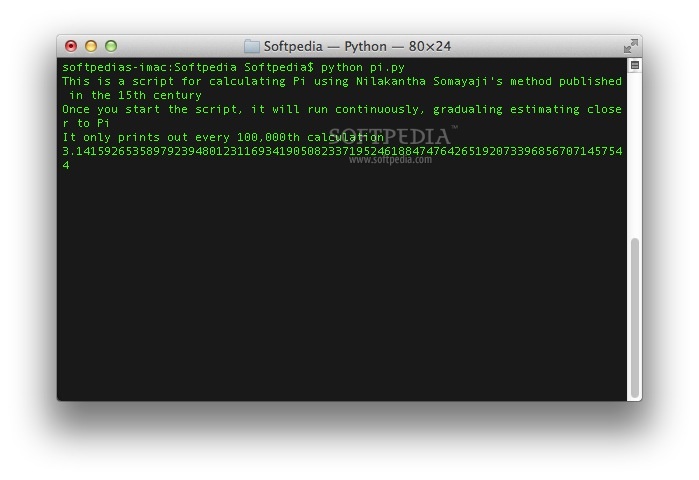

There are no long calculations or abstract proofs here instead, Plouffe’s result relies on the ability to just look at something old in a new way. It’s why the most striking thing about the new paper – other than the result itself – is just how short it is: only six pages in total, not counting a short reference section. Like that 1995 result, the new formula is based on results which “ known for centuries,” he tells IFLScience, and yet rarely returned to by working mathematicians.

“It can be done in any base if we want, for that I can adjust the formula quite simply.” Now, he says, his result can be extended to any base at all: “By adjusting for base 10 or base 2 it is valid for all n,” he notes. Pi in base two is something of a specialty for Plouffe, in fact: he’s the P in the BBP algorithm, a method of calculating the nth digit of the binary expansion of pi which he discovered all the way back in 1995. So, I think we can say that the formula is pretty cool.” “It is especially for base 2 that it is a beautiful formula. There’s a catch, of course: it relies on estimates for calculating the Euler and Bernoulli numbers – both sequences which can be quite time- and labor-intensive to calculate, and which grow so quickly that you’d be hard-pressed to even fit them into your calculator, let alone successfully manipulate them to find the 14th digit of pi.īut that’s not exactly the point of the result: “Not only is the formula true but it is also elegant and simple,” says Simon Plouffe, the mathematician who quietly uploaded his formula to the ArXiv preprint server in January 2022. Which might make the following sound almost unbelievable: for about a year now, there’s been a way to find any given digit of pi you happen to be interested in. It’s thought that any sequence of numbers you can possibly think of can be found somewhere in the expansion of pi, and yet knowing any particular sequence somewhere in the expansion tells you no information about which digit comes next. The reason pi is able to capture our imagination like this is because it is an irrational number – in other words, its decimal expansion is never-ending and entirely random.


 0 kommentar(er)
0 kommentar(er)
